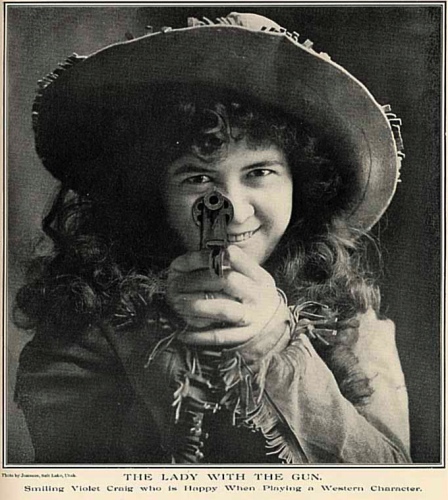The Beginnings of Burlesque
Americans got their first taste of the controversial art form known as burlesque through the performances of Lydia Thompson. Thompson and her troupe, the British Blondes, arrived in New York in 1868 to begin a several-year tour of the States. They proved to be an instantaneous phenomenon, their saucy blend of music, comedy, clever social satire, and bold sexuality piquing the interest of audiences across the country.
Burlesque has never been an easy art to define. It has its origins in ancient Greek satirical plays, and incorporates aspects of many theatrical traditions and styles, including music, dance, and parody. From Thompson’s time to the present day, what most varieties of burlesque have in common is their comedic social commentary, often deliberately turning social mores on their heads, and their sexualized display of the female form.
Throughout its long and varied history, burlesque has typically appealed to the mostly male, working-class audiences who have felt overlooked by offerings of the “legitimate” stage. As performer Ann Corio puts it in her book This Was Burlesque, burlesque may have been the “lowest branch” of the theatre, but that made it “the limb nearest the people” (9).
Scholar Robert C. Allen, in his seminal work on burlesque, Horrible Prettiness, surmises that the problem with burlesque is that it “would not hold still long enough to be pinned down” (147). Burlesque “presented a world without limits, a world turned upside down and inside out in which nothing was above being brought down to earth. In that world, things that should be kept separate were united in grotesque hybrids. Meanings refused to stay put. Anything might happen” (Allen 29). The topsy-turvy onstage world of burlesque was amusing and exciting to audiences, but it could also be viewed as threatening. Any subject was fair game for the comedic barbs of burlesque performers like Thompson, and they often took sharp aim at social conventions, especially questioning accepted ideas of the proper place of women.
For some people, though, it did not matter what Thompson and her fellow Blondes might say on stage – the very fact of their self-possessed and self-aware presence there was disturbing enough. Burlesque was arguably “the most thoroughly feminized form of theatrical entertainment in the history of the American stage to that time” (Allen 137), mostly performed and driven by women. Thompson herself retained considerable control over her acts and her public image, paving the way for future strong, independent female stars like Mae West and Gypsy Rose Lee. But a woman onstage, displaying her body, speaking freely, and challenging her audience, was a strange and shocking sight in the nineteenth century, when female performers of any kind were still conventionally equated with prostitutes. Thus, though Thompson and the British Blondes had many fans, they also encountered what Allen terms “a hysterical antiburlesque discourse” (16) that would continue to haunt this art form for decades to come.


